Although the problem of particulate air pollution, especially PM2.5, is most devastating in China, it is often at hazardous levels throughout Asia including my own home here in Japan. It causes countless heath issues, some fatal. The most common solution to this is to wear a mask that filters the particulate. But although they are effective, most people would rather not wear them all the time, especially at home.
There are methods for reducing particulate indoors such as air cleaners, which are essentially a fan with a filter, but I would like to develop a slightly more sophisticated solution.
The idea: a set of filtered fans that respond to air particulate levels and temperature to provide efficient operation and aid in temperature control as well as monitoring and logging air quality.
Here is a diagram of the initial idea. (This is version 3)
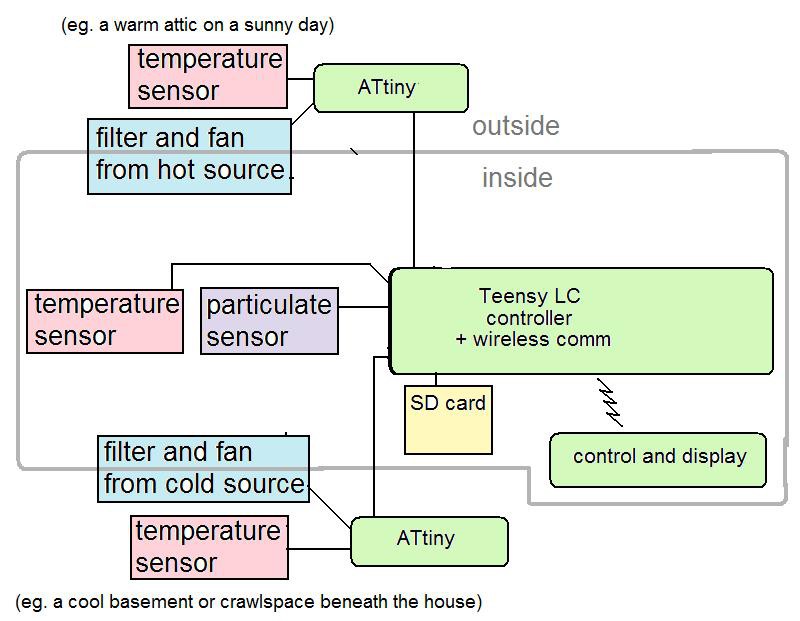
Why this is an improvement? It should consume less energy than typical air cleaners and provide some temperature control. Also, it displays and logs air quality information.
Thanks to HackADay's awesome tendency to give stuff away I now have a LightBlue Bean, which is pretty much an arduino with bluetooth and some sensors in a tiny package. I could use this as the central controller.
Wait! I also just won a Teensy LC and some 3D printing too. I'll be incorporating them into the project as well, but haven't found the time to work out the details yet.
Oh! and this project also won not one, but two stickvices. That's awesome. This contest is awesome.
There will be more details to come. Please be patient and post your feedback below. Thanks.
 shlonkin
shlonkin
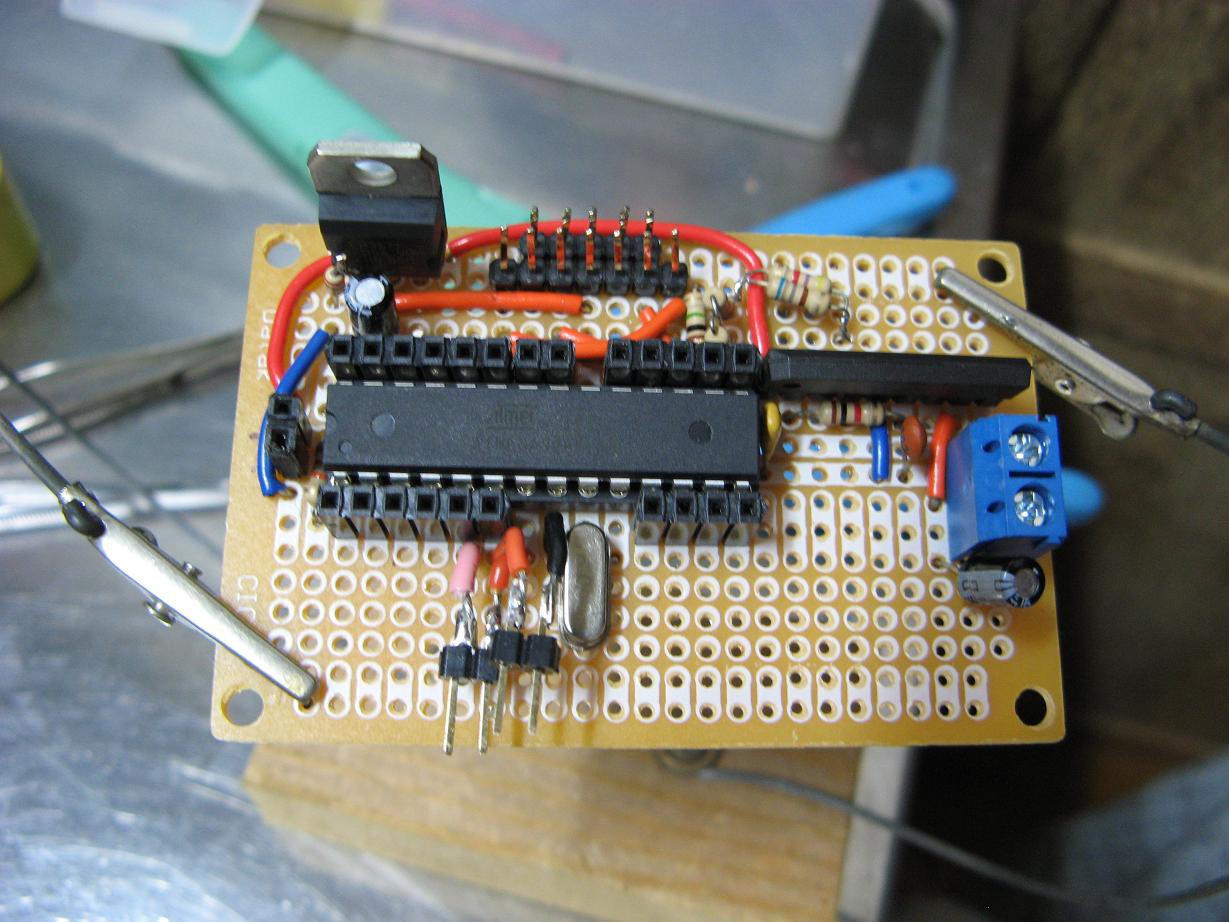

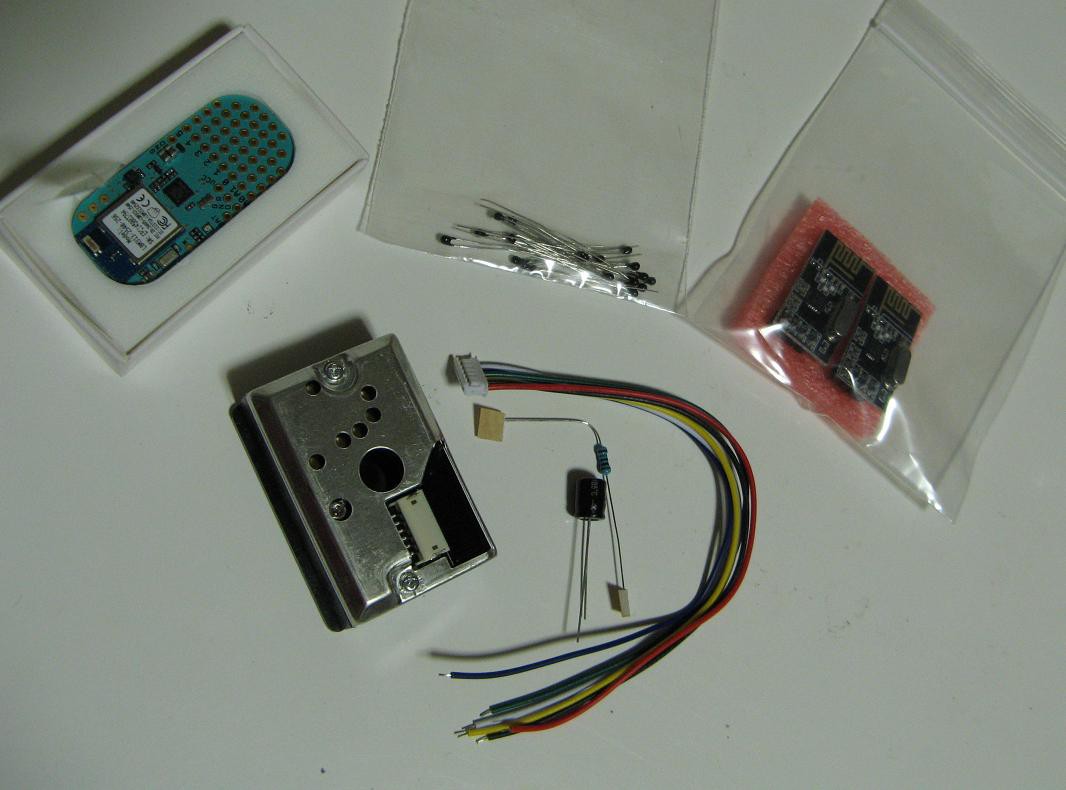
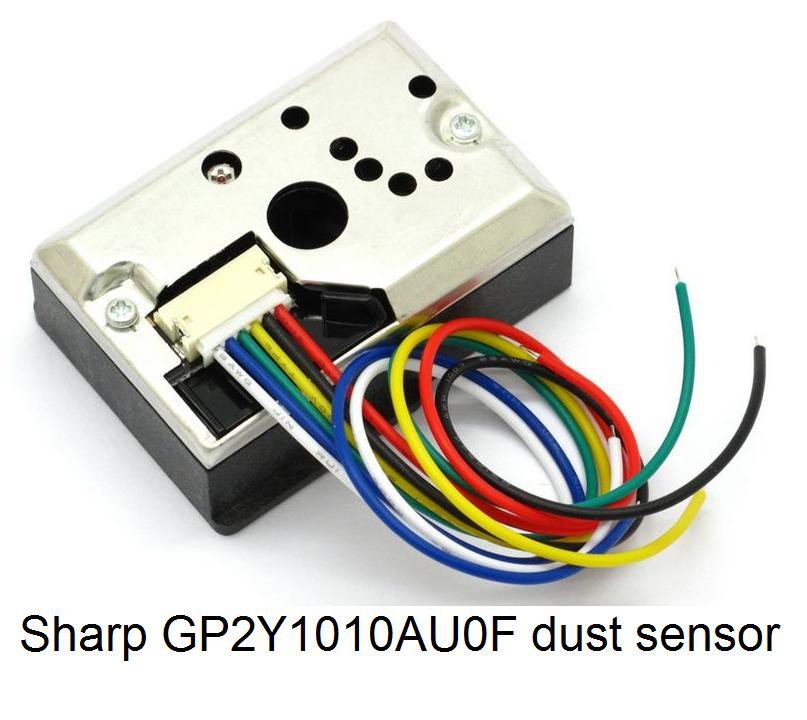




 Alex Hunt
Alex Hunt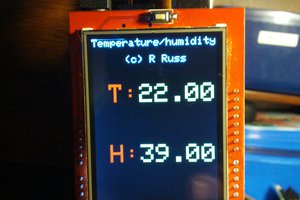
 Ted Russ
Ted Russ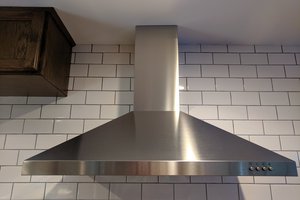
 Ben Brooks
Ben Brooks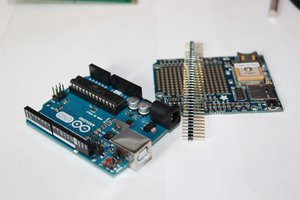
FYI: Microchip make fan speed controller (TC652/TC653) that works with thermistors probably similar to what the ATTiny10 is doing. The chip initially turn on the fan at 100% duty cycle to provide start up torque. It also monitor the fan motor commutation pulses in case of fan failures and assert a fault signal.